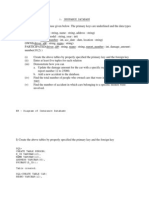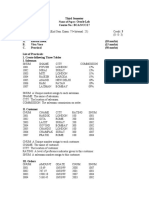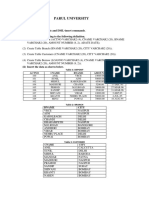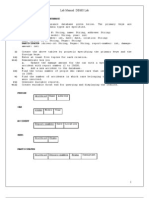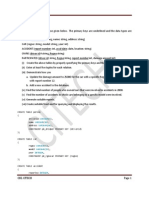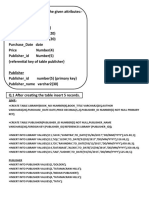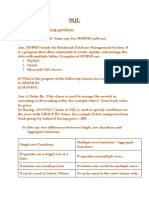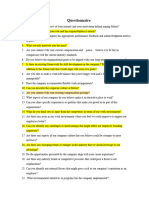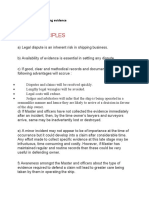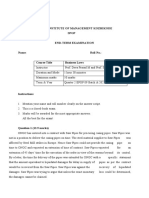0% found this document useful (0 votes)
25 views46 pagesPractical Record Book - Oracle Lab
The document outlines a series of practical exercises for an Oracle lab course at the Higher and Technical Institute in Mizoram, focusing on database creation and manipulation. It includes detailed SQL commands for creating tables, inserting data, and performing various queries related to sales, customers, orders, and an insurance database. Additionally, it covers the creation of views and the manipulation of data within these databases.
Uploaded by
frankiezohmangaihsanga05Copyright
© © All Rights Reserved
We take content rights seriously. If you suspect this is your content, claim it here.
Available Formats
Download as PDF, TXT or read online on Scribd
0% found this document useful (0 votes)
25 views46 pagesPractical Record Book - Oracle Lab
The document outlines a series of practical exercises for an Oracle lab course at the Higher and Technical Institute in Mizoram, focusing on database creation and manipulation. It includes detailed SQL commands for creating tables, inserting data, and performing various queries related to sales, customers, orders, and an insurance database. Additionally, it covers the creation of views and the manipulation of data within these databases.
Uploaded by
frankiezohmangaihsanga05Copyright
© © All Rights Reserved
We take content rights seriously. If you suspect this is your content, claim it here.
Available Formats
Download as PDF, TXT or read online on Scribd
/ 46





